
During economic collapses, food security becomes a critical concern for millions. At such times, people mainly demand foods that are affordable, durable, versatile, and nutritious. These products play a huge role in most people’s survival stories. Cheers to these 20 irreplaceable foods.
Bread
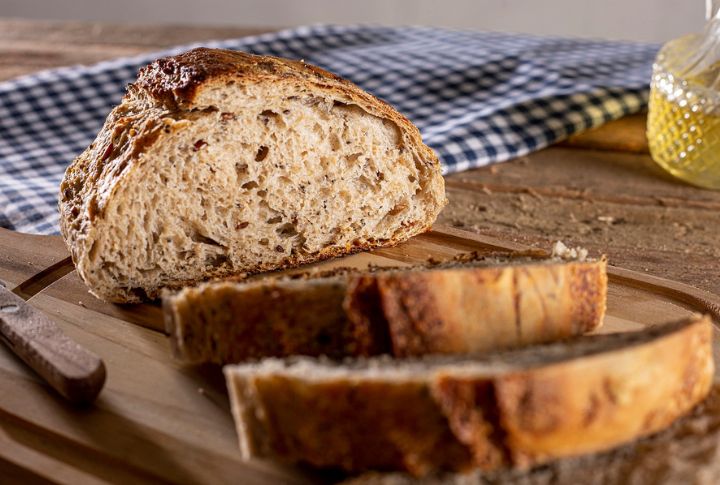
Bread is a versatile food made from inexpensive ingredients like flour, water, yeast, and salt. It can be baked at home or purchased cheaply. During the Great Depression, for example, bread lines became a common sight. Its simplicity and ability to satiate hunger made it indispensable for families trying to stretch their food budgets.
Potatoes
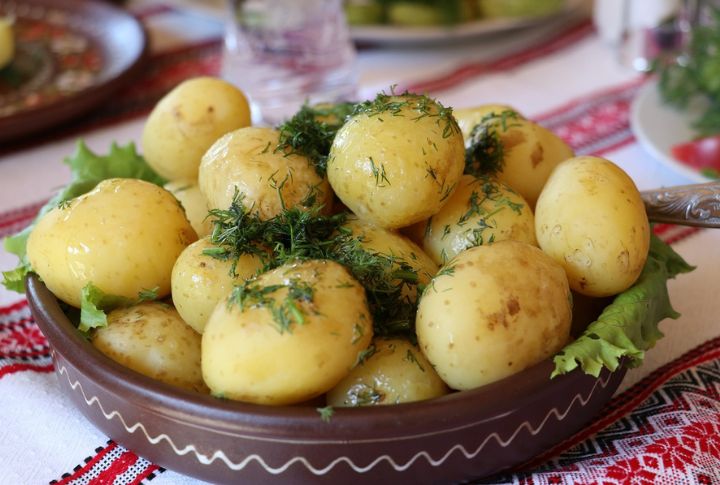
These are high in calories and nutrients and are relatively easy to grow. At the peak of WWII, most people survived boiling, mashing, frying, or turning potatoes into soups. When stored properly, the crop can last several months, enabling families to stretch and survive on limited resources.
Beans and Legumes

People often choose beans and legumes in difficult times because they have a long shelf life. As a cost-effective alternative to meat, beans, and legumes contain protein, fiber, and essential nutrients. They can be turned into pinto beans and lentils to create hearty dishes that feed large households.
Rice
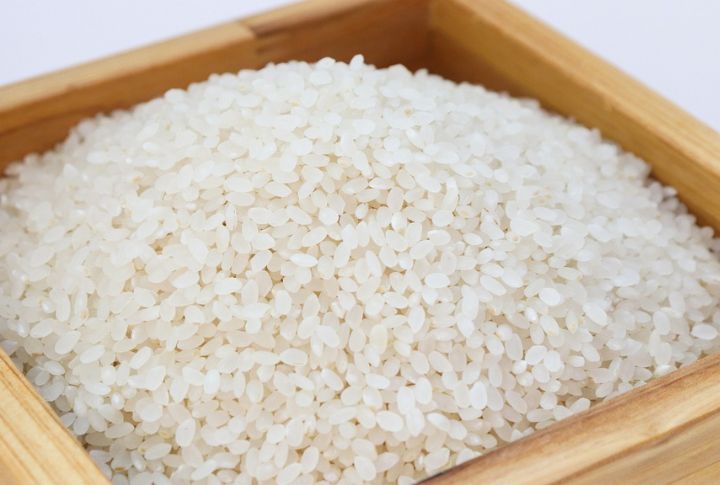
Rice has been a household food item across the globe for centuries, and its role during economic crises is undeniable. To a large extent, it helped cushion the effects of the 2008 financial crisis. Low-income families worldwide relied on rice primarily because it was inexpensive, widely available, and easy to store.
Cornmeal
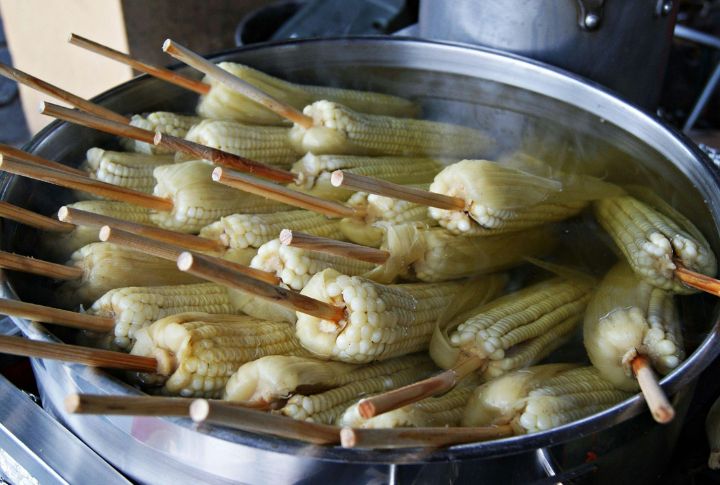
Many cultures around the world consider cornmeal a staple food. People from the southern parts of the USA mostly survived on cornmeal during the Great Depression. Similarly, the polenta helped sustain many families during Italy’s post-war years. Cornmeal is affordable and versatile. It can be baked, fried, or boiled to create simple dishes.
Cabbage

Cabbage is a versatile food that can also be used in different recipes. During WWII, it was a staple in victory gardens and used in dishes like cabbage soup. The high nutritional value, including vitamins C and K, made it a vital addition to diets when other fresh produce was scarce.
Eggs
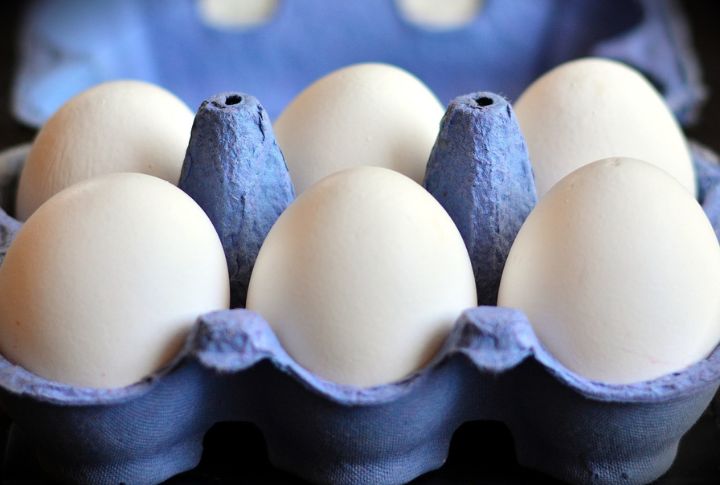
Throughout history, eggs have been hailed as a rich source of protein. This animal produce is affordable, which is why several backyard chicken coops are common during periods of economic hardship. At such times, eggs often become bartering items in some communities. Their simplicity and ability to complement other ingredients increase their relevance.
Oats
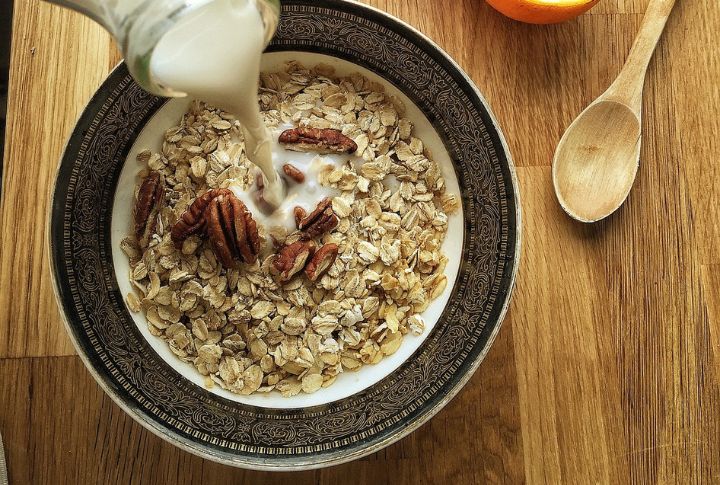
Cheap and nutritious, they are rich in carbohydrates, protein, and dietary fiber. People often incorporate this food product into breads, cakes, and meatloaf as a filler to make ingredients last longer. Oatmeal, made simply by cooking oats with water or milk, supplies affordable nourishment. Other oat-based meals include oatmeal cookies and oat-based porridge.
Pasta
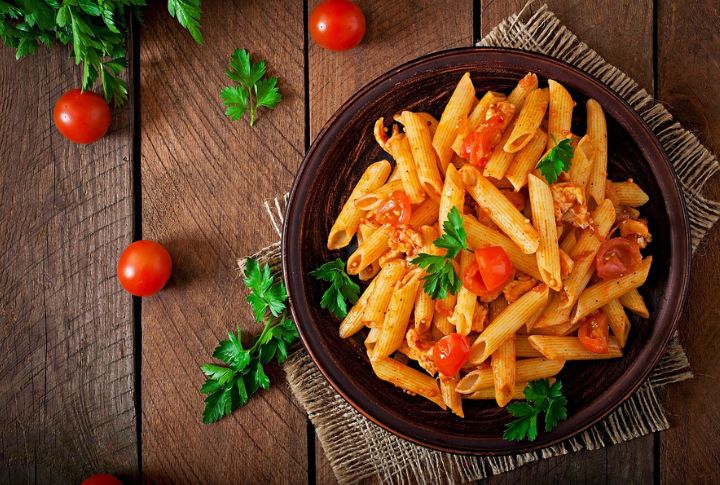
Originating in Italy and spreading globally, pasta is made primarily from durum wheat, water, and sometimes eggs. Its cost-effectiveness has historically made it accessible to households facing financial constraints. Pasta is also adaptable and can inexpensively be transformed into countless dishes, from spaghetti with marinara to casseroles, soups, and salads.
Canned Goods
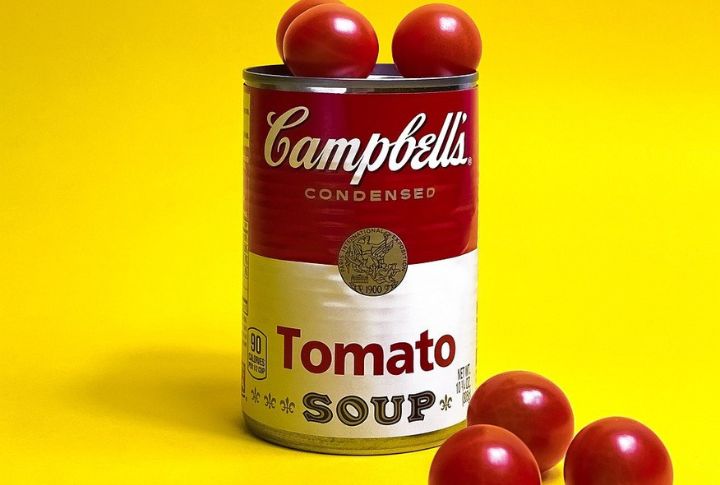
In the early 19th century, canned food production began. Canned vegetables, fruits, meats, and soups became popular due to their affordability, durability, and ability to retain nutritional value for extended periods. Additionally, canned foods are beneficial during emergencies, as they require minimal preparation and are resistant to spoilage.
Onions

In many cultures, onions are the foundation of soups, stews, and stir-fries. Their accessibility during times of scarcity has made them indispensable in kitchens worldwide. Notably, onions provide essential nutrients such as vitamin C and antioxidants. They are also easy to grow in home gardens and can last long if stored properly.
Peanut Butter
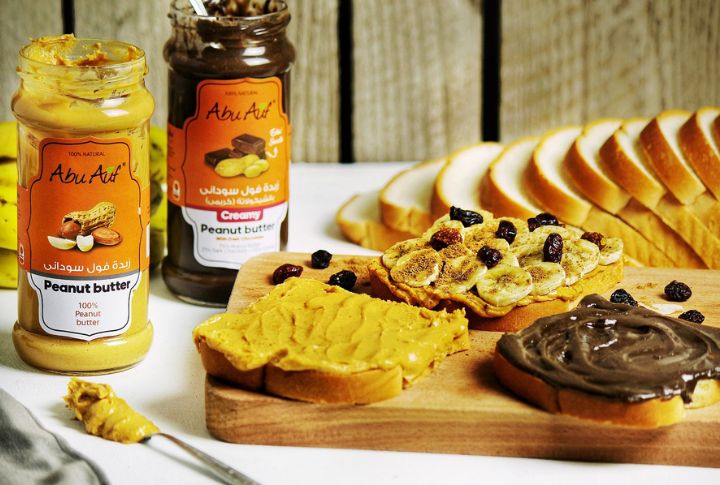
Peanut butter gained popularity in the 1930s. The prevalent financial crises of that time forced American households to seek cost-effective and filling foods to stretch limited budgets. Rich in protein, healthy fats, vitamin E, and magnesium, peanut butter provides a relatively balanced and inexpensive source of energy.
Carrots
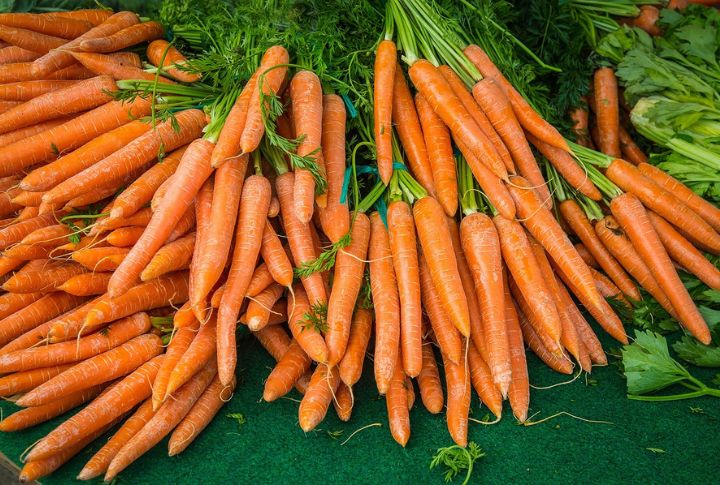
They are known for their resilience and were heavily promoted in Britain during WWII as part of the “Dig for Victory” campaign, which encouraged families to grow their own food. Carrots are rich in vitamin A and other nutrients and are used in soups, stews, and even desserts like carrot cake.
Dried Fruits
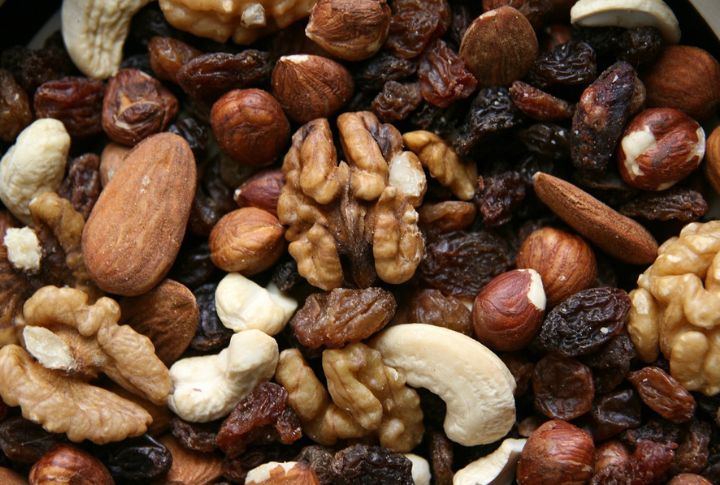
These food products have a long shelf life and concentrated nutrients. In addition, dried fruits are a convenient snack and edible ingredient in meals, providing essential vitamins and minerals. The drying process makes it possible to preserve fruits for months and ensure a steady supply of high-nutrient produce when fresh crops are unavailable.
Milk Powder
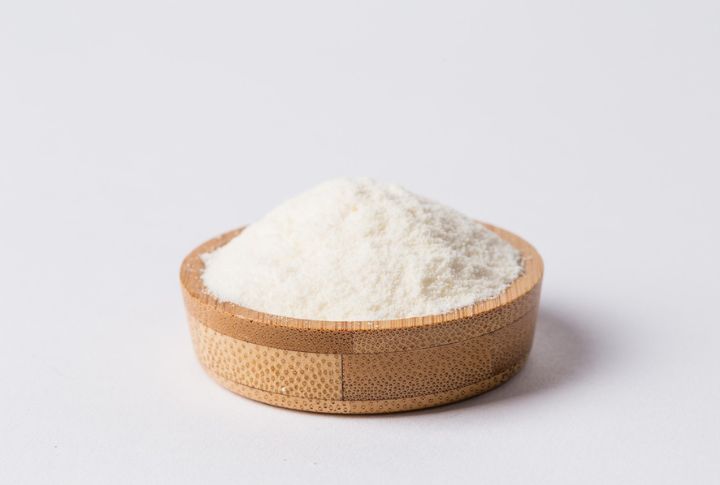
One advantage milk powder has over fresh milk is that it can be stored for years. It is made by evaporating moisture from milk, leaving behind a nutrient-dense powder rich in calcium, protein, and vitamins A and D. Relief organizations often include milk powder in food aid programs due to its low cost.
Turnips
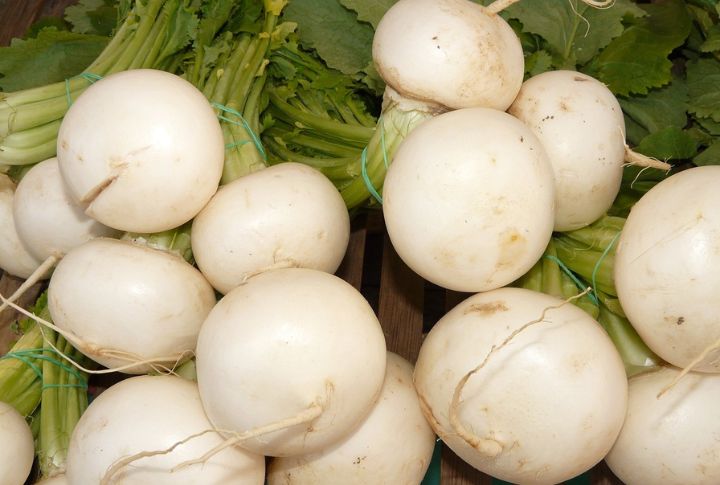
Lower-income populations and communities often rely on tulips because they can grow in poor soil conditions and harsh climates. Turnips were widely consumed during both World Wars. The root and leafy greens are edible and provide a full spectrum of nutrients, including vitamins C and B6, potassium, and fiber.
Bananas
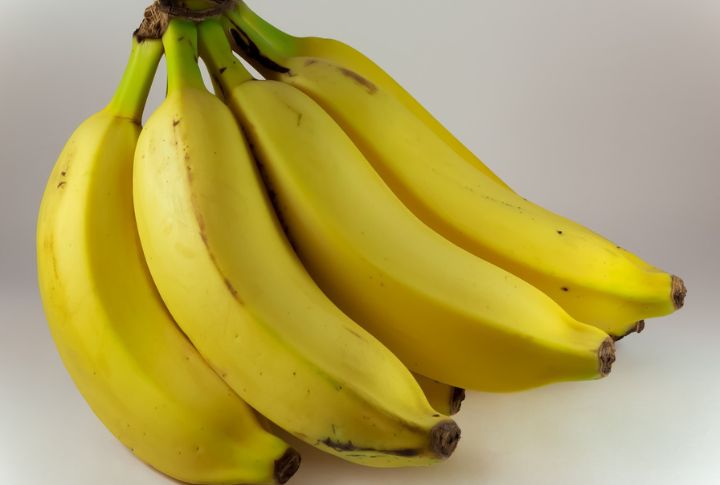
The mass production and distribution of bananas in the 20th century has made them easily accessible. Notably, bananas are valued worldwide because they are a quick source of energy and nutrients like potassium. Despite their relatively short shelf life, they can be eaten fresh, baked into bread, or blended into smoothies.
Cheese
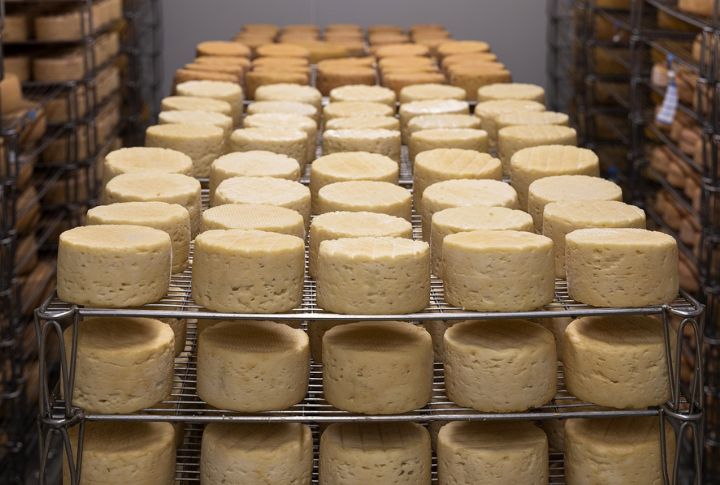
Cheese provides a concentrated source of protein, calcium, and essential fats when resources are scarce. Producing it has been a practical way to preserve milk, helping families access protein-rich food long after fresh dairy is unavailable. The food can be made locally, and different varieties are generally valuable.
Barley

Known as one of the oldest cultivated grains, barley has been a cornerstone in the diets of ancient civilizations. It is a healthy source of carbohydrates, dietary fiber, selenium, and manganese. Other appreciable qualities of barley include its affordability compared to grains like wheat and its long shelf life.
Dried Fish

In countries like Norway, Iceland, and Japan, dried fish is a popular food that sustains populations when fresh meat is scarce. Due to its low moisture content, this food is lightweight and easy to transport, especially during emergencies. Dry fish is irreplaceable in traditional diets and can be adapted to various recipes.

